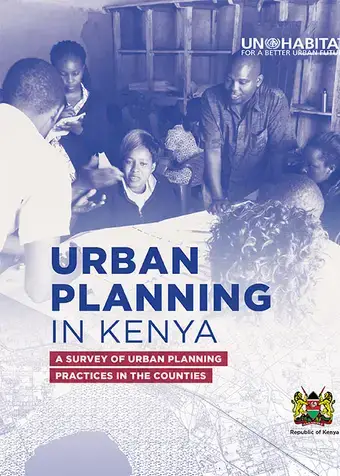International Guidelines on Urban and Territorial Planning discussed at ISOCARP Congress
Durban, 28 September 2016 - Planners from around the world engaged in discussing the application of the International Guidelines on Urban and Territorial Planning Guidelines; a new tool being developed to provide a global reference framework for improving global policies, plans, designs and implementation processes.
Localizing the International Guidelines on Urban and Territorial Planning (IG-UTP) in China
Wuhan, 09 Septemebr2016 – UN-Habitat and the Wuhan Land Use and Urban Spatial Planning Research Center (WLSP) organised an Expert Group Meeting to pilot the implementation of the IG-UTP in China.



 This book illustrates a settled community of Turkana people, already at the 3rd or 4th generation of lifestyle shift.
This book illustrates a settled community of Turkana people, already at the 3rd or 4th generation of lifestyle shift.


 Kuala Lumpur 17 August 2016-- UN-Habitat conducted its’ first international workshop on public spaces titled “Creating safe, inclusive and accessible public spaces for all” in Kuala Lumpur, Malaysia early thismonth.
Kuala Lumpur 17 August 2016-- UN-Habitat conducted its’ first international workshop on public spaces titled “Creating safe, inclusive and accessible public spaces for all” in Kuala Lumpur, Malaysia early thismonth.